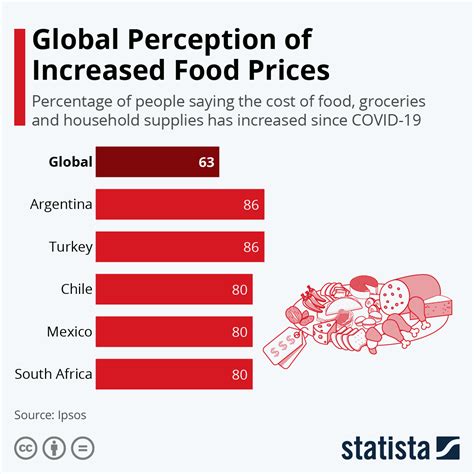A recent surge in fast-food prices in the US has sparked conversations among consumers about the affordability and value of their meals. Many Americans are feeling the pinch of these price increases, prompting them to reconsider their dining choices. The comments highlight diverse perspectives on the impact of rising fast-food prices, from questioning the quality to exploring alternative meal options.
One interesting observation is the comparison between fast-food prices in different regions, with comments noting variations in prices based on location and economic factors. Consumers are expressing concerns about the shift towards higher prices in fast-food establishments, leading to a reevaluation of dining habits. The affordability of fast food, once a staple for many, is now being called into question, signaling a changing trend in consumer preferences.
Labor costs are identified as a significant factor contributing to the increase in fast-food prices, with debates on the implications for both consumers and businesses. Some comments highlight the importance of fair wages, while others discuss the impact of rising prices on consumer behavior. The evolving relationship between labor costs, pricing strategies, and consumer demand is a key theme in the ongoing discourse.
As consumers navigate the changing landscape of fast-food pricing, there is a growing emphasis on meal preparation, budgeting, and healthy eating habits. The shift towards meal prepping and cooking at home is seen as a practical response to escalating prices and a way to control spending while prioritizing health. These lifestyle adjustments reflect a broader trend towards mindful consumption and financial responsibility in the face of economic challenges.
The discussions on fast-food prices also touch upon broader societal issues such as income inequality, financial management, and the changing dynamics of the food industry. From anecdotes about past dining habits to insights on current spending patterns, the comments provide a window into the complex relationship between food affordability, consumer behavior, and economic trends. As individuals navigate these challenges, the importance of informed decision-making, mindful consumption, and financial resilience comes to the forefront.


Leave a Reply